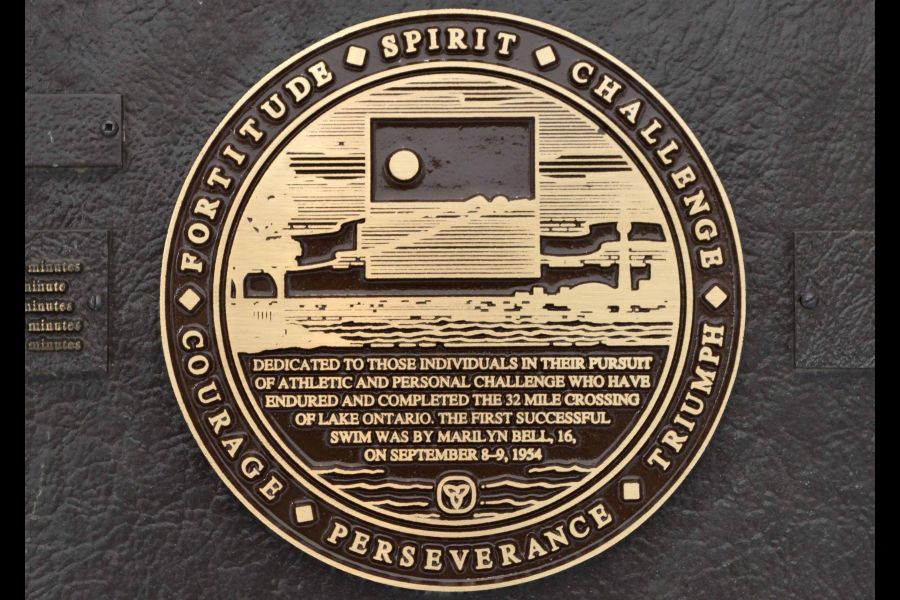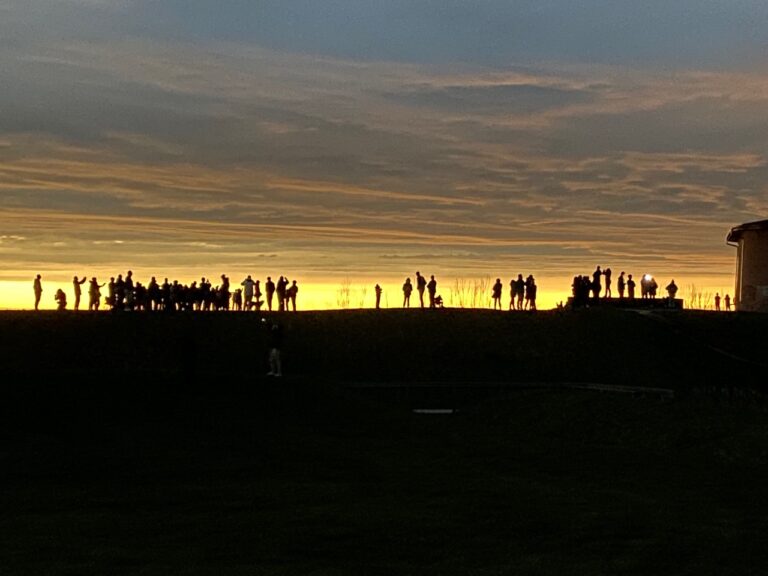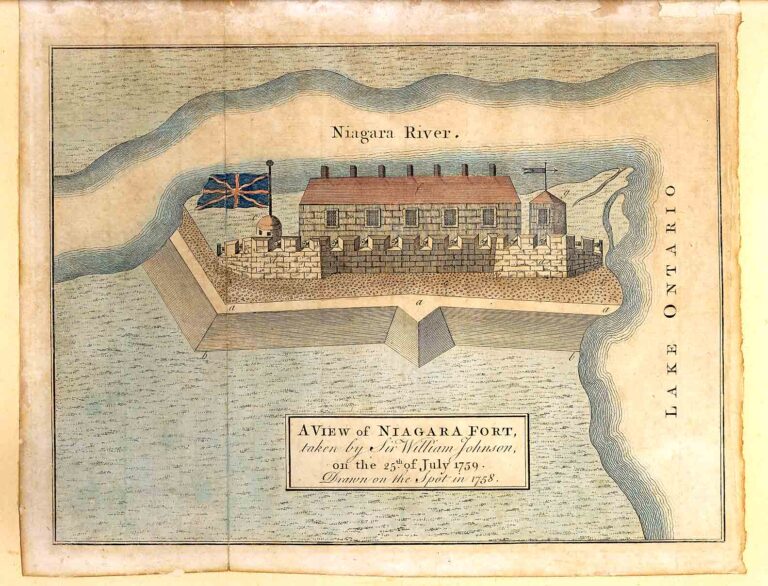At the foot of King Street in Niagara-on-the-Lake, near the Niagara River is a huge granite stone marker listing 65 names of a very exclusive club. The marker is dedicated to the people who have successfully completed a solo swim across Lake Ontario.
This is the location, since 1975, where swimmers leave solid ground and set out across Lake Ontario with the determination to endure 20 plus hours in cold, turbulent waters to reach Marilyn Bell Park on the north shores of the lake.
The park was named after Marilyn Bell, a little unknown Canadian girl, who on September 8, 1954, at 11:07 pm, dove into the dark waters of the Niagara River to take on the lake that no one believed could be defeated.
During the summer of 1954, the Canadian National Exhibition decided to sponsor a solo swim across the lake during the exhibition time. Their favourite was American swimmer Florence Chadwick, offering her $10,000 should she complete the swim. No Canadian was given this offer.
Many people were quite miffed; one in particular was Gus Ryder, a swimming coach and founder of the Lakeshore Swim Club, who knew just the person who could swim across Lake Ontario.
Ryder convinced Bell and her father that she could do this swim and started her training as a marathon swimmer.
Although there was a great amount of publicity surrounding Chadwick’s swim of the lake, no one was even aware of Bell’s aspirations.
A date had been determined but the swim was delayed several times because of weather conditions. Then on the night of September 8, 1954, from Youngstown NY, the swim was on. Bell’s father and Ryder were not around when the announcement came that the marathon swim would start. When Bell found them, they raced to their boat with Ryder telling Bell to dive into the water and get going, they would find her.
Bell dove into the Niagara River, in the dark, with all the faith and trust in the world that her father and her coach would find her. And they did.
Bell had no idea how far she had swum, she had no idea where Chadwick was; she just kept swimming. After 8 hours, Ryder received a message that Chadwick had given up. She had become very sick and her coaches pulled her from the water.
Bell continued swimming. It was daylight when news reached Toronto that Chadwick had given up, but, an unknown swimmer was coming towards Toronto. People started asking who this could possibly be.
As Bell’s boats came into view, other boats came close to support her. The radio stations soon let everyone know that a 16-year-old Canadian girl was making her way into history.
Nearing the end of the swim, it was reported that Bell was struggling to stay focused, that she wanted to call it quits. But Ryder kept urging her on, just one more stroke. Then Bell’s good friend, Joan Cooke, showed up to encourage her friend to keep going. Near the end of the swim, when Bell seemed to have reached her limit, Cooke dove into the water and swam along side of Bell.
With over 250,000 people watching from the shores, at 8:06 on September 9, 1954, after 20 hours and 55 minutes, Bell touched the shore on the north side of lake. Lake Ontario had been defeated.
This was the first time that anyone had successfully swum across Lake Ontario; this was the beginning of more successful swims in coming years.
Many of the earlier swimmers started from Youngstown, New York like Bell did, while others started their swims from Jordan Harbour, Port Dalhousie and Niagara on the Lake.
Since 1975, under the Solo Swims of Ontario, Rules and Regulations, all south/north swims must start at the foot of King Street in Niagara-on-the-Lake. Starting in the south and heading north makes sense as the swimmers can use the current of the Niagara River to move them into Lake Ontario. Using a north/south route means the swimmer is fighting the current of the Niagara River at the end of their marathon swim, when they are most tired.
We are fortunate now to have the list of names on a plaque, starting with Marilyn Bell, the first swimmer to successfully cross Lake Ontario. There are however many other notable people on this plaque, all who have taken on the challenge of the lake and succeeded.
The oldest person is Colleen Shields (Canadian), who at the age of 62, on August 8/9, 2014 completed the crossing in 21 hours and 33 minutes.
The youngest is Trinity Arsenault (Can.), 14 years 71 days, on August 3/4, 2014 who finished her swim in 22 hours and 33 minutes. Many might remember Annaleise Carr (Can.) who was also 14 years old. But her age, on completion of the swim in 2012, was 14 years and 158 days.
Many swimmers have made duplicate and even triplicate solo crossings but one swimmer has crossed the lake five times.
Canadian Vickie Keith, an amazing athlete who not only swam Lake Ontario five times but also has swum across all five Great Lakes, the English Channel, Catalina Channel and Sydney Harbour.
Keith’s swims on Lake Ontario can only be noted as remarkable. Her first swim in August of 1986 was a north/south route taking 21 hours. Her second swim was in August of 1987, a north/south/north route taking 56 hours and 10 minutes (that is now 3 crossings). In 1988 Keith swam the traditional south/north routed taking 23 hours and 33 minutes. Then in September of 1989 Keith swam a south/north route in 31:00 hours doing the butterfly stroke.
The majority of the swimmers to succeed in swimming Lake Ontario are from Canada – 49, with the United States at 8. Then we have swimmers from Mexico-2, Barbados-1, Australia-1, Italy-1, England-1, Argentina-1 and Egypt-1.
The earliest settlers of Niagara-on-the-Lake saw the foot of King Street as an industrial port complete with docks, customs house, taverns, blacksmiths and warehouses. I wonder what they would think now seeing the park and swimmers getting ready to swim across Lake Ontario. Probably would think they were all “mad.”
____________________________________
To learn more about the topic of this story you can visit the Niagara Historical Society & Museum website at, www.niagarahistorical.museum, or visit the museum for yourself.
The Niagara Historical Museum is located at 43 Castlereagh St. in Old Town, in Memorial Hall. Visit, or give them a call at 905-468-3912.
Ascenzo is a regular Niagara Now contributor. Her full profile can be found here.











